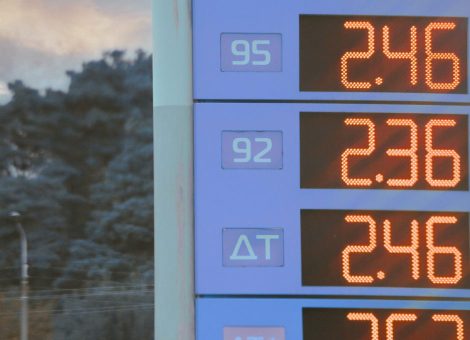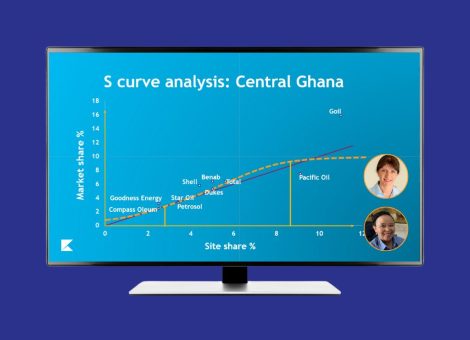Setting limits and controls for fuel price optimization
Initially, Fuel Pricing Managers and Analysts may be skeptical of price optimization, but often, after seeing the results of scientifically optimized prices, the temptation is to let the system just “do its thing”. But it’s not psychic, and the pricing tool requires human input in certain areas.
Because of this, you need to know your limits and remain in control.
Your brand is an emotional, intangible asset that you’ve likely spent decades building. Brand integrity needs to always be upheld, but artificial intelligence does not understand emotion, or the constraints of your brand — unless you set the rules.
Your overall brand strategy is the guiding light in the optimization process. It’s the beacon that leads the science to a favorable outcome.
The key to successful price optimization is to focus on achieving your overall brand strategy, and then set relevant parameters, controls, and rules to narrow the funnel and provide a range of applicable and appropriate prices.
Know your limits
It’s up to you to set the guardrails that will control the optimization tool.
The most important rules to get right are:
- Differentials
Differentials are the most important element in protecting your brand. Decide on and set differentials that will allow you to broaden your current price point, without radically changing your proposition to your customers. You need to ensure that your differentials represent a position that you — and your key stakeholders — will be comfortable in.
Your price may change in relation to your main competitors. Some days you’ll match them, some days you’ll be priced higher and some days you’ll be priced lower than them. It all depends on the performance of that particular store at that particular time. This variability means it’s imperative to decide and agree on differentials that are acceptable to you, and protect your brand integrity, across a range of scenarios.
Act with caution.
Start narrow. If you’re open to changing your differentials, start with a small change, analyze the data, and only broaden your differentials when the data suggests that it’s beneficial. It’s far easier to start narrow and broaden conservatively, than to start too broadly and then put the brakes on to recover.
- Restrictions
Some markets restrict the number of increases, or the number of prices, in a day. Make sure you set the rules to comply to the restrictions of your market.
To learn more about fuel price optimization, how to handle competitor reaction, and how to reach a sustainable conclusion, download Fuel price optimization 101
Read more articles about:
Fuel pricingSubscribe and get the latest updates
You may unsubscribe from our mailing list at any time. To understand how and why we process your data, please see our Privacy & Cookies Policy
Related posts
Fuel pricing
Fuel pricing by exception: When do analysts actually analyze?
Managing fuel prices can be time-consuming, especially when analysts spend much of their day on routine tasks....

Fuel pricing
Middle East / Africa - Fuel network planning: Critical insights
Join our team as we look at the key points of insight that fuel network planners need to consider when making...

